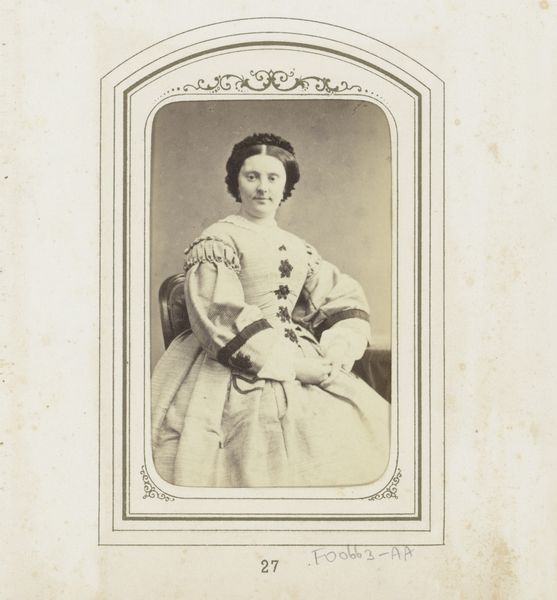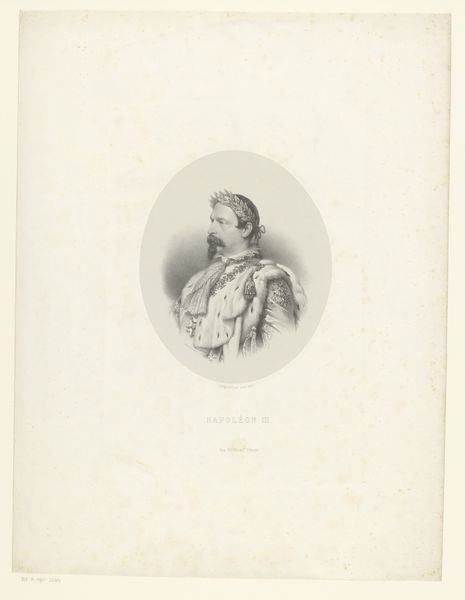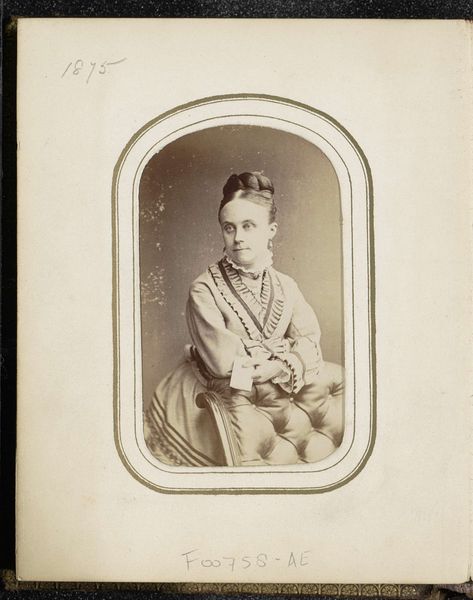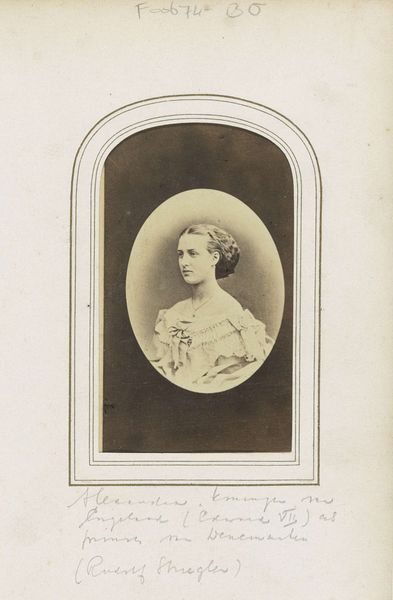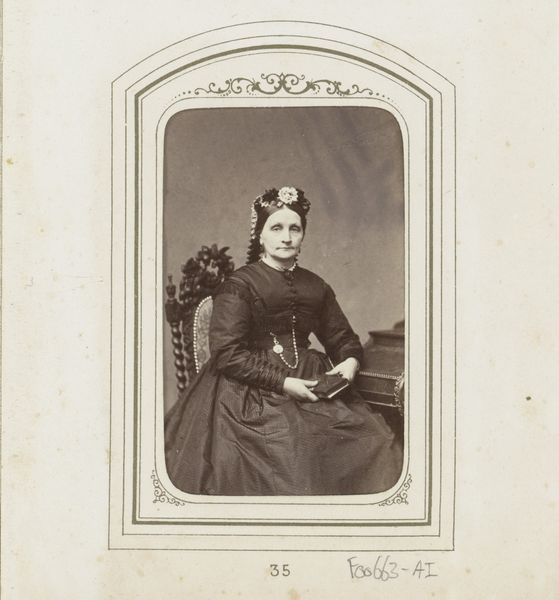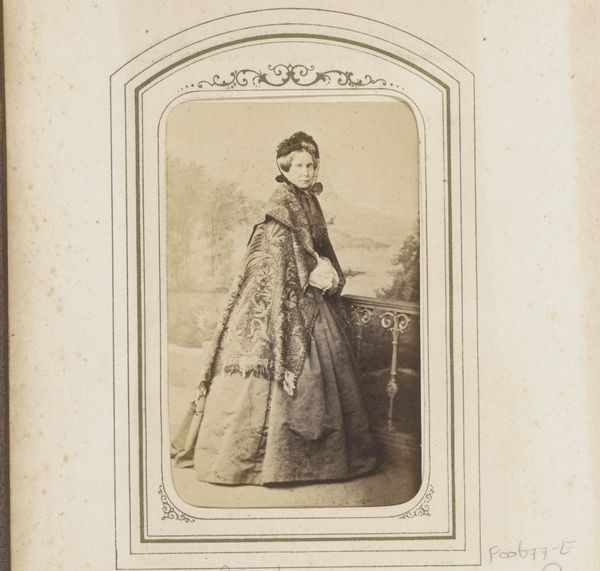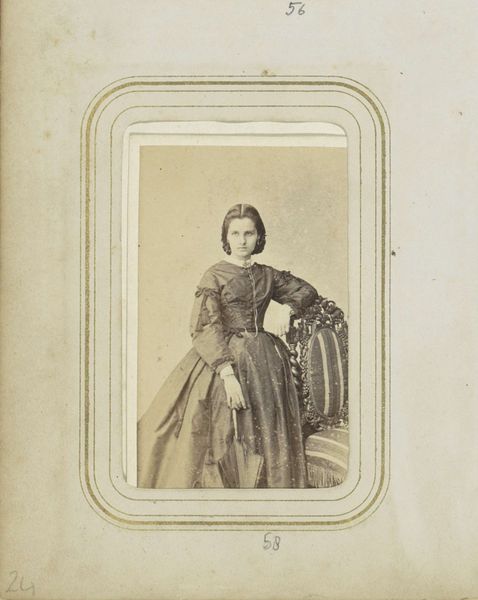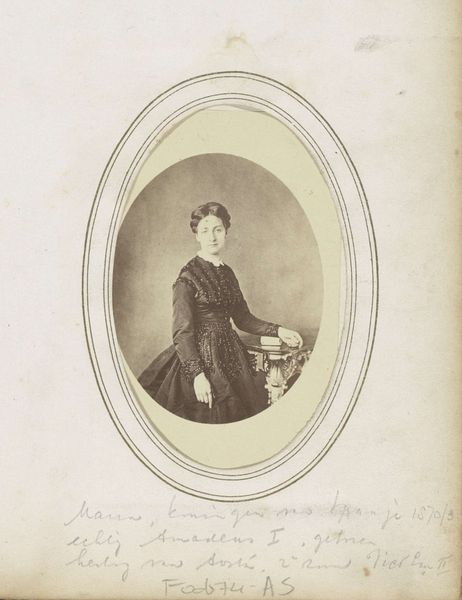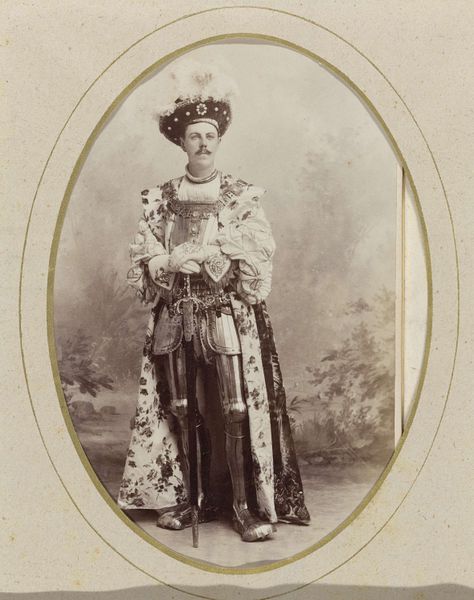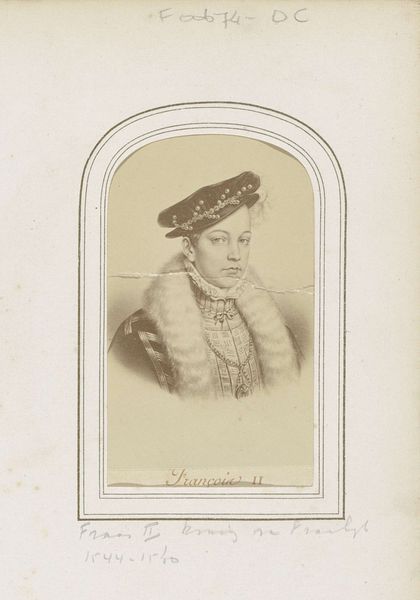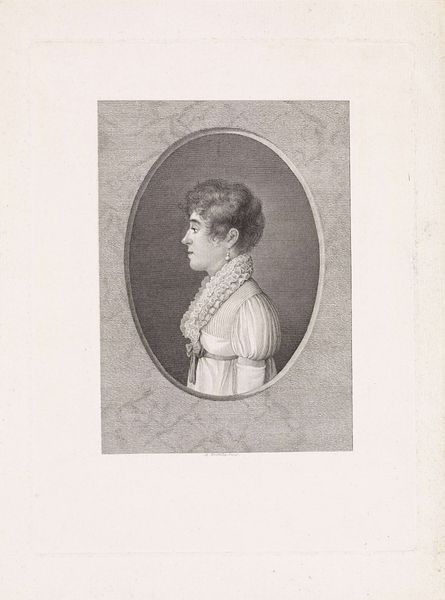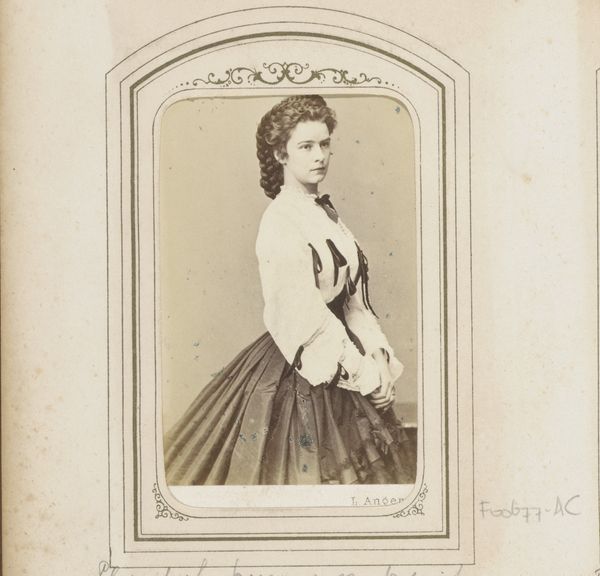
photography
#
portrait
#
photography
#
history-painting
#
academic-art
Dimensions: height 87 mm, width 54 mm, height 105 mm, width 60 mm
Copyright: Rijks Museum: Open Domain
Editor: So this is a portrait of Leopold I, King of Belgium, a photograph from between 1855 and 1875, by Ghémar Frères. It feels very formal, a typical state portrait, I suppose. How would you interpret this photograph? Curator: This photograph isn't simply about regal representation; it’s a careful construction involving specific materials and a labor process designed to convey power. Look closely – the tonal range, achieved through the manipulation of photographic chemicals and printing techniques, serves to both idealize and solidify Leopold’s image. What do you think the choice of photographic medium contributes here, compared to, say, a painted portrait? Editor: Well, a photograph suggests a level of…reality, doesn’t it? Less room for the artist's interpretation? Curator: Perhaps, but that perceived objectivity is itself a manufactured effect. Consider the rising popularity of photography in the mid-19th century, the material processes, and how it democratized portraiture. Think about who had access to this technology. By controlling its production, figures like Leopold were able to wield an influential tool for self-promotion. Who did it reach, and how would such reach be limited by geography, economic factors and literacy? Editor: So, it's less about capturing reality and more about controlling its message through the specific processes of photography and consumption? That makes me consider what messages Leopold wanted to convey, which were spread by the technologies and labour invested into his representation. Curator: Precisely! And the question isn't just 'who is being depicted?' but also 'how is the image being manufactured, distributed, and consumed?' It pushes us to consider art as an intricate operation of production and social force. Editor: This makes me look at these images with different eyes! Thanks. Curator: Indeed. Material conditions shape not only art’s creation but also its interpretation and effect within society.
Comments
No comments
Be the first to comment and join the conversation on the ultimate creative platform.
